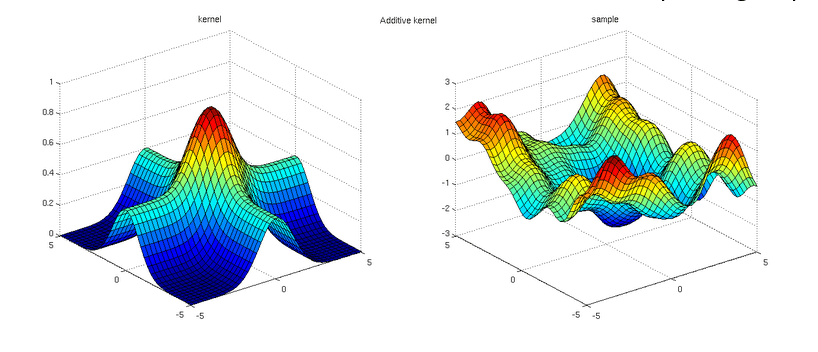Forecasting Mean Global Temperature Anomalies using Gaussian Process Regression
Gaussian process regression (GPR) is a fundamental technique used in the description, active learning and optimization of unknown functions (Schulz et al., 2018). GPR is a key model for probabilistic supervised machine learning widely utilized for regression and classification tasks in which it makes prediction relying on a prior and measures uncertainty over its predictions. There are various definitions in literature for Gaussian processes (GP) but one that sticks out is offered by Williams and Rasmussen, 2006. As such, a Gaussian process is a collection of random variables, any finite number of which have a joint Gaussian distribution (Williams & Rasmussen, 2006). Since a Gaussian process is completely specified by its mean and covariance functions, we can define mean function as m(x) and the covariance function k(x, x') of a real process f(x) as
m(x)=E[f(x)],
In Gaussian processes, a kernel function is defined as a function that helps us do a lift and enhance compression in the feature space. For example, suppose we have two vectors A and B, with the same size and general features (element wise), we can expect their means to be same. The best way to get the similarity between these two input vectors A and B is to perform a dot product denoted as Θ is the angle between the two input vectors such that larger angles indicate low similarity, corresponding to smaller dot products and vice versa (Wang, 2023).
Post Comments
No comments yet. Be the first to comment!
